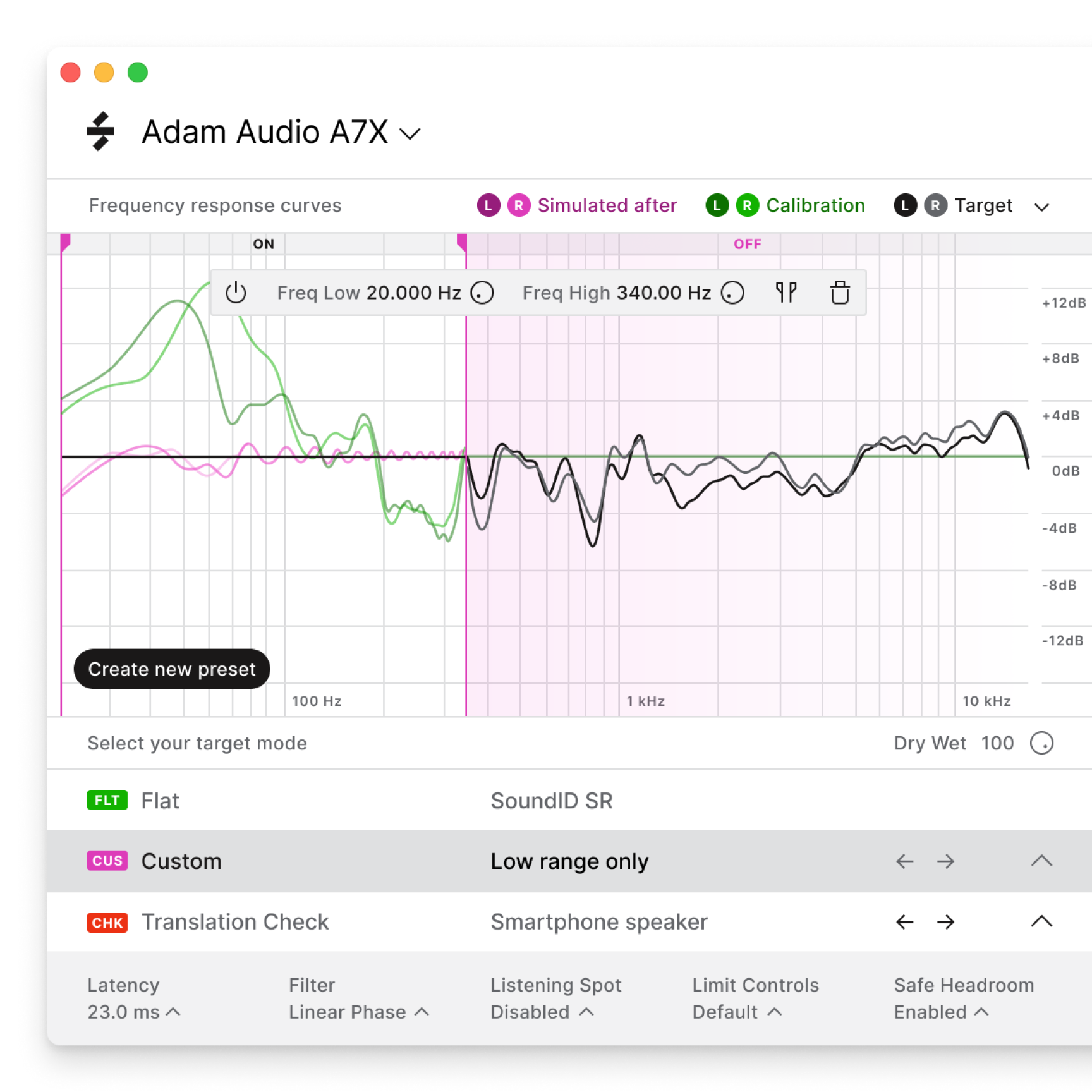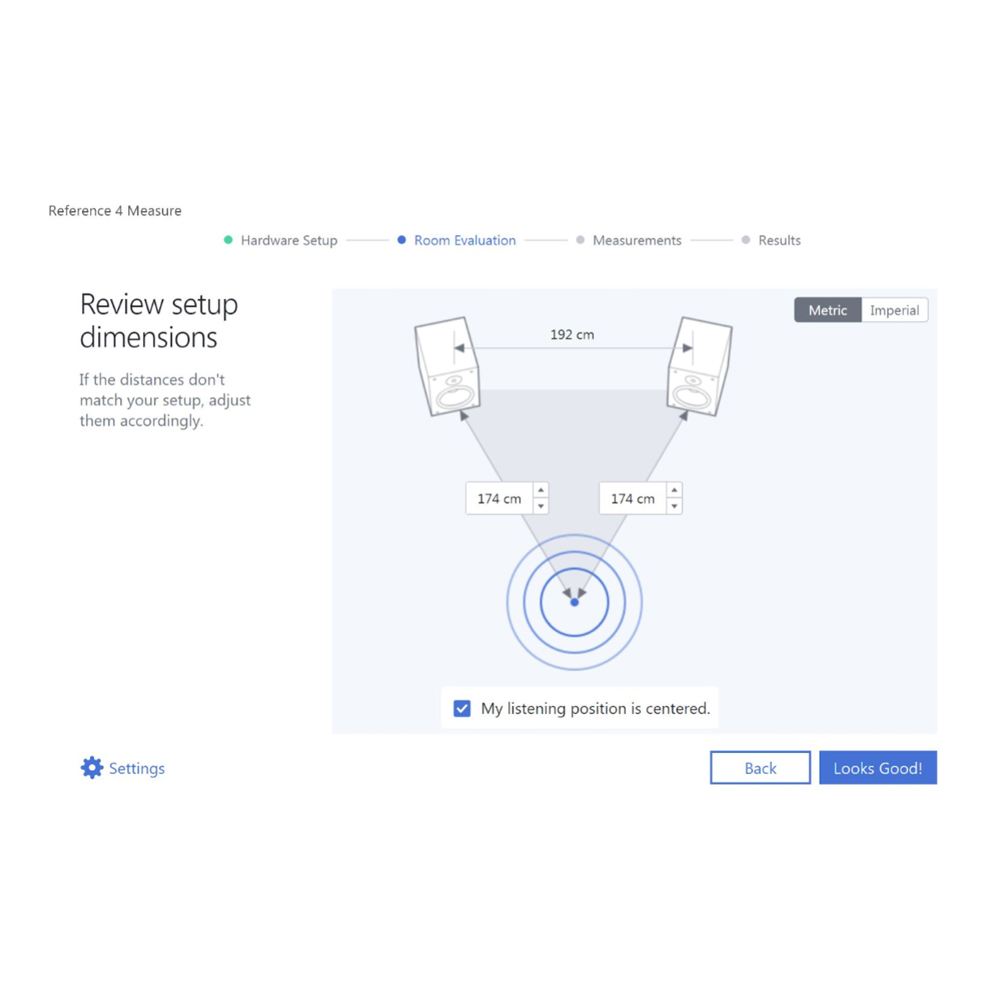
This is a unique type of peak filter with a shape that changes according to how much you boost or cut.

The opposite of a bandpass filter is the notch filter, which removes only a very narrow band. A bandpass filter lets through only frequencies between a highpass and lowpass. Such filters are used to more or less gently remove all the frequency content that is below ( highpass) or above ( lowpass) the specified cut-off frequency. (Bell shapes are peak filters)Ī shelf, or shelving, filter is used to boost or cut all the frequency content above or below a specified frequency-the cutoff frequency. This type of filter is used to boost or cut a specific frequency band, around the center frequency of the filter. Pictured below shows (top to bottom): Peak filters with wide and narrow bandwidths, high and low shelving filters, highpass and lowpass filters creating a bandpass. Filter typesīy way of modern definition, a filter is a single band of an equalizer, so filter and equalizer can almost always be interchanged. Gentle boosts add size or sheen and gentle cuts can remove boxiness or tubbiness. A wider Q is generally used for tonal shaping, as it makes the bell less focused, allowing for a more subtle effect. A narrow Q is useful for removing undesirable tones, such as a snare drum ring. Wide Qs affect more frequencies than narrow Qs. The Q functions the same for both shelves and bells: it affects the slope of the EQ curve and the width of the EQ shape. For bandpass filters, there is a high and a low cutoff frequency In the case of a shelf filter, it’s the frequency calculated at the exact point where the gain drops by 3dB (half-power) in relation to the maximum gain. The cut-off frequency is the frequency which has the highest or lowest gain on the bell-sometimes referred to as the center frequency.

The value can be positive (boost) or negative (cut). The gain controls the amplitude of the bell or shelf you’re setting up. Most equalizers have a number of controls in common. If you can make each track in a mix just 1% or 2% better, your whole mix will improve dramatically! EQ Controls Also, keep in mind that many tracks do not require drastic adjustments.

First, we will have a review of some common EQ parameters followed by some exotic but useful EQ curves and shapes. After reading this article, you may also want to review our article about linear phase EQs to see how phase and shapes my interact to create the best combinations of color vs clarity for your best mixes.Įqualizers, like many things, can be a deep subject and we will go over the common and not-so-common EQ designs in this article. Make all the elements of a mix work together better by sculpting each element until no element masks or hides another and all the sonic space if filledįor more information on all the various styles of equalizers, read Brad Pack’s great article Types of Equalizers and Their Applications.Make a track sound clearer and have more definition.Generally, there are three main reasons to use an EQ:
#Sonarworks reference 3 auto gain how to#
You’ll know how to choose the right EQ for the job at hand, compared to randomly opening EQs, going through presets and hoping for a miracle to happen. Learn the information below and you’ll have the advantages of saving time and making more confident EQ decisions. Thankfully, there are ways to describe the differences between EQs and to understand how different filter designs will affect your sounds.īecause most people won’t-and you want to know stuff that your competition doesn’t! Be strong.

You know how you audition EQs, using the same settings on both, and yet they end up sounding different to each other? Many people prefer the aggressiveness or musicality of one particular EQ more than another. “Really, guys? Why bother writing such a geeky article?”


 0 kommentar(er)
0 kommentar(er)
